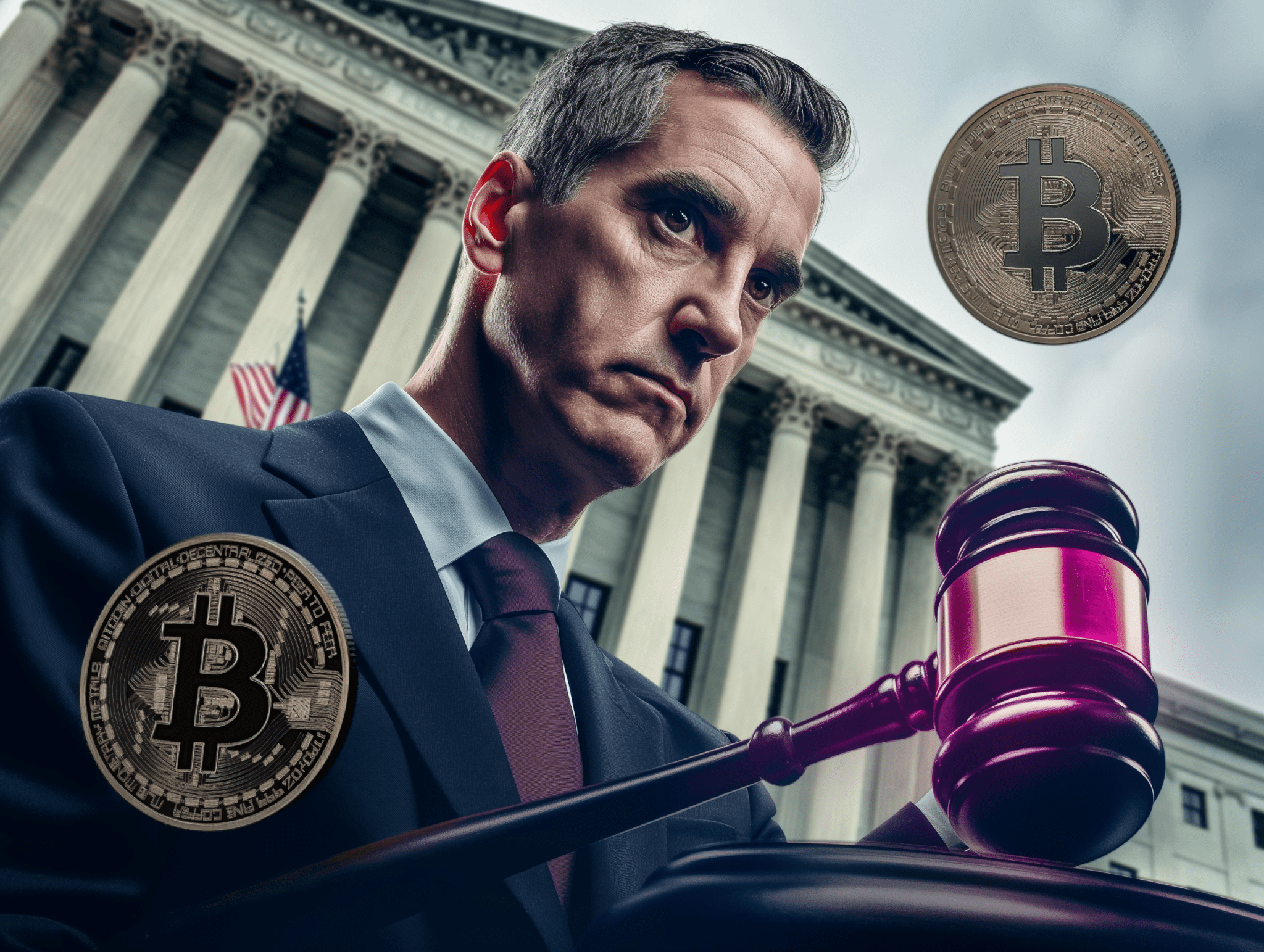As we navigate through 2024, the world of Decentralized Finance (DeFi) continues to captivate investors and regulators alike. This burgeoning sector of the cryptocurrency ecosystem has emerged as a disruptive force, challenging traditional financial paradigms and pushing the boundaries of innovation. However, the DeFi landscape is characterized by significant volatility. As of June 2024, the total value locked (TVL) across all chains stands at approximately $45.97 billion, according to DeFi Llama, a reputable DeFi analytics platform. This figure underscores the market’s volatility and the need for up-to-date information when discussing the DeFi ecosystem.
Amidst this dynamic environment, regulators worldwide grapple with creating a regulatory framework to foster innovation while ensuring adequate consumer protection. This delicate balancing act is crucial for the future of DeFi and integration into the broader financial system.
The Regulatory Challenge
The decentralized nature of DeFi presents a unique challenge to regulators accustomed to overseeing traditional financial institutions. Different from their centralized counterparts, DeFi protocols often operate without a central authority, making it challenging to apply conventional regulatory approaches. This has prompted regulators to explore new methodologies to address DeFi’s distinctive characteristics.
In Europe, the Markets in Crypto-Assets (MiCA) regulation is being implemented in phases. The provisions related to asset-referenced tokens and e-money tokens applied from June 30, 2024, while the remaining provisions will come into effect on December 30, 2024. This phased approach allows for a gradual adaptation to the new regulatory framework. MiCA’s impact on DeFi, particularly on protocols with identifiable issuers or service providers, may serve as a model for other jurisdictions seeking to regulate the DeFi space.
Across the Atlantic, U.S. regulators have been increasingly active in the DeFi arena. The Securities and Exchange Commission (SEC) has maintained its stance that many crypto assets are securities and has continued to bring enforcement actions against various crypto projects throughout 2024. This approach has sparked ongoing debates about the applicability of existing securities laws to decentralized protocols.
The Commodity Futures Trading Commission (CFTC) has also shown significant interest in the space. In January 2024, the CFTC’s Technology Advisory Committee released a report on DeFi, providing a nuanced view of the technology and advising policymakers to deeply study DeFi before embarking on regulatory endeavors. This report acknowledges the difficulty in identifying responsible entities or personhoods in sufficiently decentralized DeFi systems, highlighting the complexity of regulating this space.
Innovative Approaches to Regulation
As regulators navigate this new terrain, innovative approaches are emerging. The concept of “regulatory sandboxes” has gained traction as a potential solution to balance innovation and regulation in the DeFi space. These controlled environments allow DeFi projects to operate under relaxed regulatory conditions, enabling regulators to observe and understand new technologies before implementing broader regulations.
Countries like Singapore and the U.K. have been at the forefront of implementing such sandboxes for fintech and crypto projects. These initiatives have provided valuable insights into DeFi protocols’ operation and helped shape more informed regulatory approaches. The U.K. and Singapore have recently strengthened their collaboration in FinTech and sustainable finance, including discussions on digital assets and innovation.
Consumer protection remains a critical concern in DeFi regulation. The pseudonymous nature of transactions, the complexity of some DeFi products, and the potential for smart contract vulnerabilities pose significant risks to users. Regulators are exploring ways to enhance transparency and disclosure requirements for DeFi protocols without stifling innovation.
Another challenge lies in implementing Anti-Money Laundering (AML) and Know Your Customer (KYC) regulations in a decentralized environment. Traditional AML/KYC procedures are often at odds with the core principles of DeFi, which emphasize privacy and permissionless access. The CFTC’s report acknowledges the difficulty in applying these regulations to sufficiently decentralized DeFi systems. Some projects are exploring decentralized identity solutions and privacy-preserving compliance mechanisms to address these concerns.
The Role of Technology in Regulation
As the DeFi landscape evolves, technology is increasingly vital in regulatory efforts. Blockchain analytics tools are becoming more sophisticated, allowing regulators to monitor DeFi activities and identify potential risks more accurately. These tools can help track fund flows, detect suspicious patterns, and provide insights into the overall health of DeFi protocols.
Smart contract auditing is another area where technology significantly contributes to regulatory efforts. As smart contracts form the backbone of DeFi protocols, ensuring their security and reliability is crucial. Automated auditing tools and formal verification techniques are being developed to identify vulnerabilities and potential exploits in smart contract code, potentially reducing the risk of hacks and failures.
Global Coordination and Harmonization
The borderless nature of DeFi necessitates global coordination among regulators. Different approaches to DeFi regulation across jurisdictions can lead to regulatory arbitrage and create challenges for regulators and DeFi projects. International bodies such as the Financial Stability Board (FSB) and the International Organization of Securities Commissions (IOSCO) are working to develop common standards and guidelines for DeFi regulation.
The European Union’s MiCA regulation aims to harmonize approaches across E.U. member states, potentially serving as a blueprint for global coordination. Meanwhile, bilateral collaborations, such as the strengthened partnership between the U.K. and Singapore in FinTech and sustainable finance, demonstrate a growing recognition of the need for international cooperation in addressing the challenges posed by DeFi and other digital asset innovations.
The Road Ahead
The future of DeFi regulation will likely involve a combination of technology-driven solutions and adaptive regulatory frameworks. As the sector evolves, regulators must remain agile, adapting their approaches to keep pace with technological advancements while safeguarding the interests of consumers and the broader financial system.
Collaboration between regulators, industry participants, and technology experts will be crucial as we navigate this changing landscape. The CFTC’s approach of intensely studying DeFi before embarking on regulatory endeavors exemplifies the need for informed and thoughtful regulation in this complex field.
As regulators develop appropriate oversight mechanisms, the DeFi community also plays a role in self-regulation. Many projects implement governance mechanisms allowing token holders to participate in decision-making processes, including risk management and protocol upgrades. This form of decentralized governance could complement traditional regulatory approaches, creating a more robust and adaptable regulatory ecosystem.
In this dynamic environment, one thing is clear: the future of finance is being written before our eyes, and the story of DeFi regulation is far from over. As we move forward, the ability to strike the right balance between innovation and protection will be key to unlocking the true potential of this transformative technology. The path ahead may be challenging, but it also offers unprecedented opportunities to reshape the financial landscape in more inclusive, efficient, and resilient ways.




















